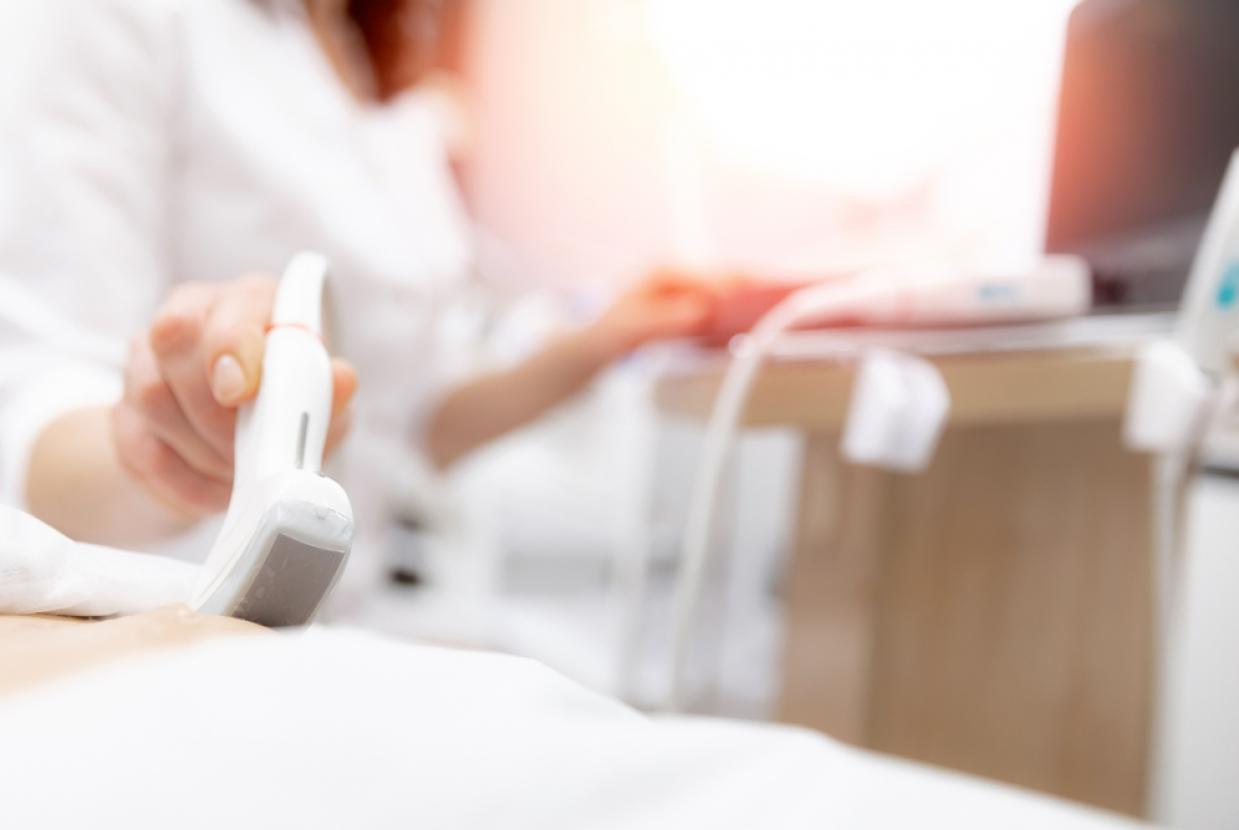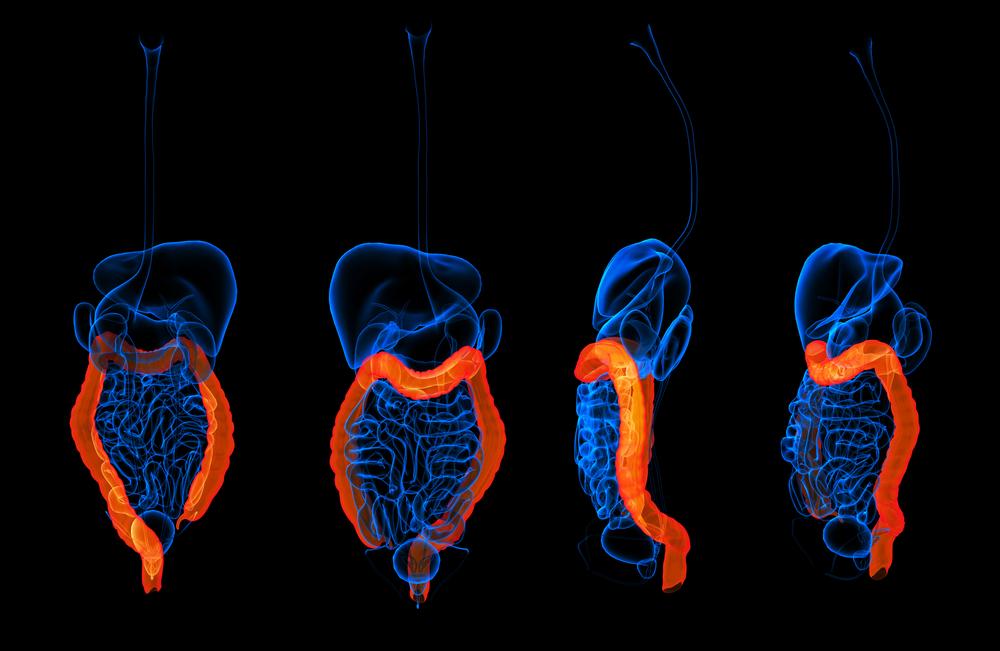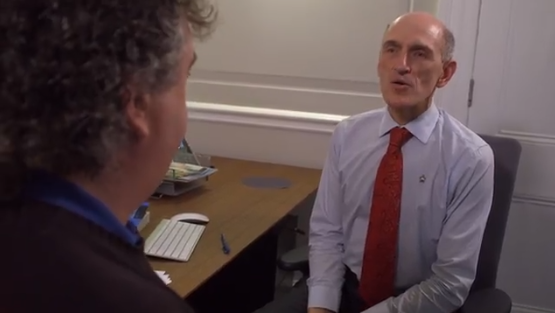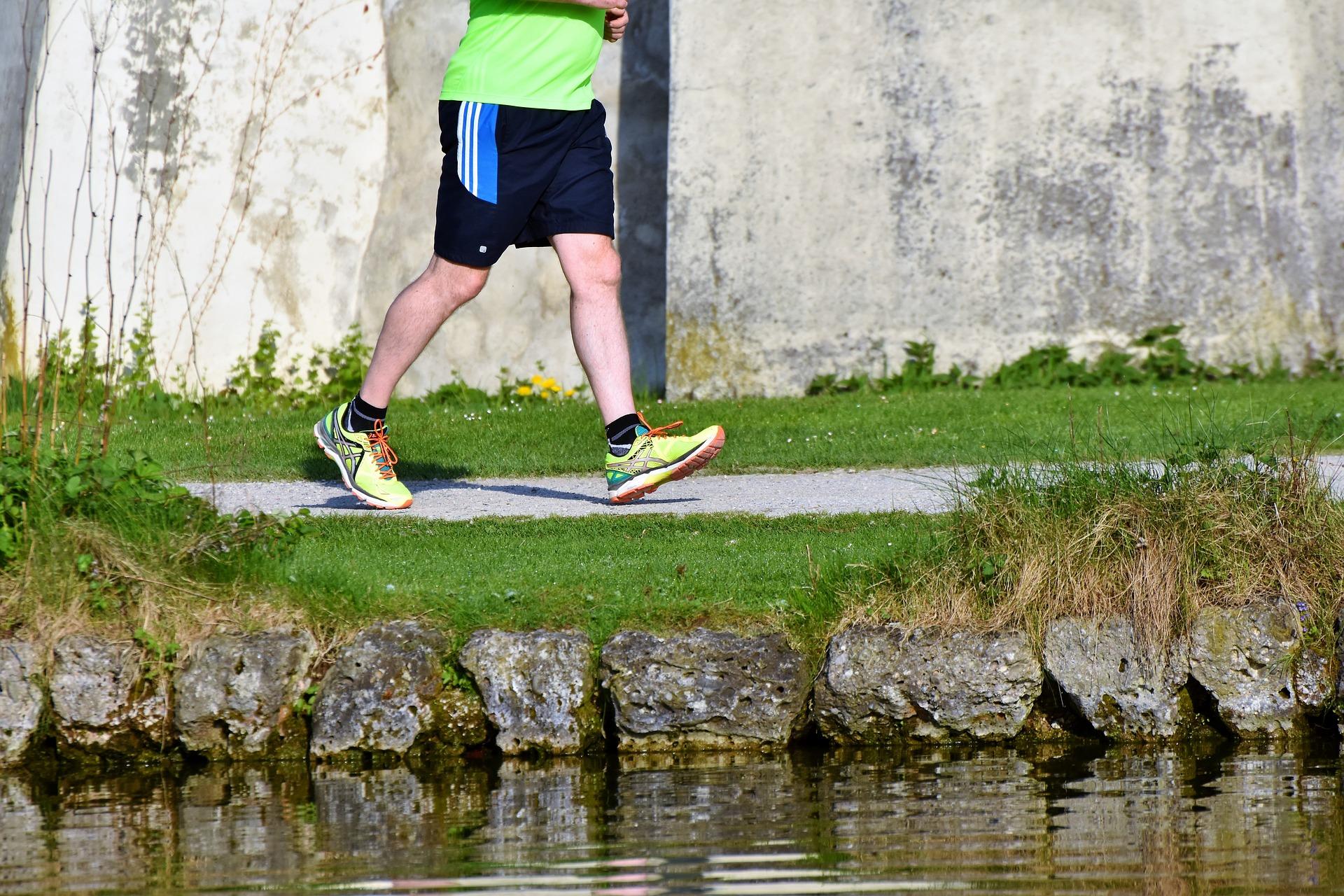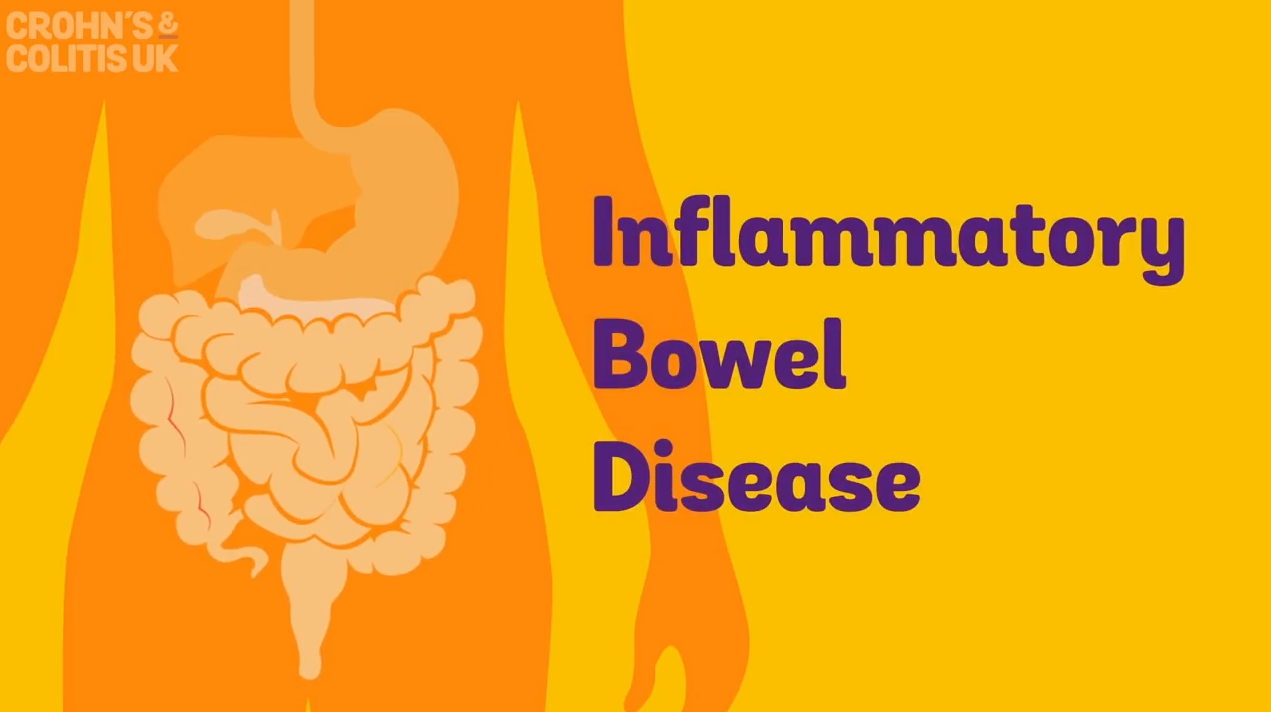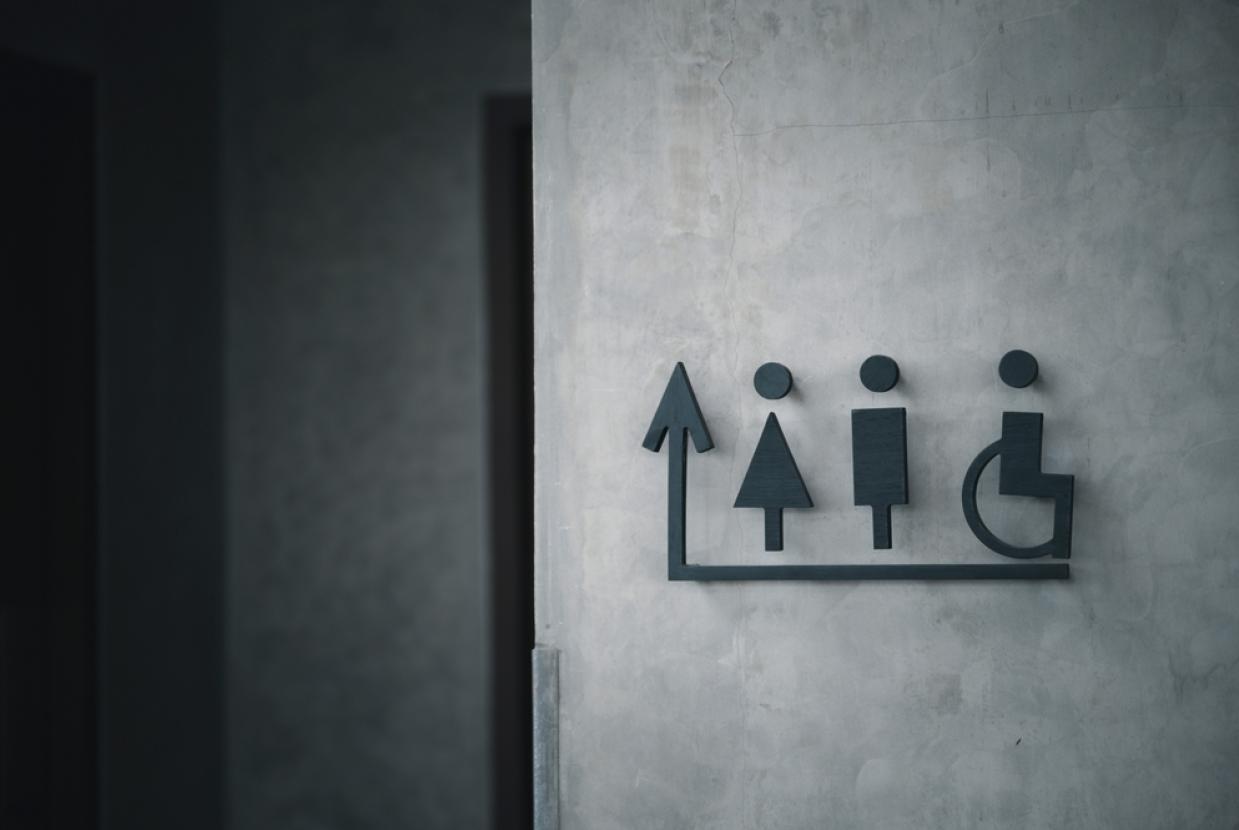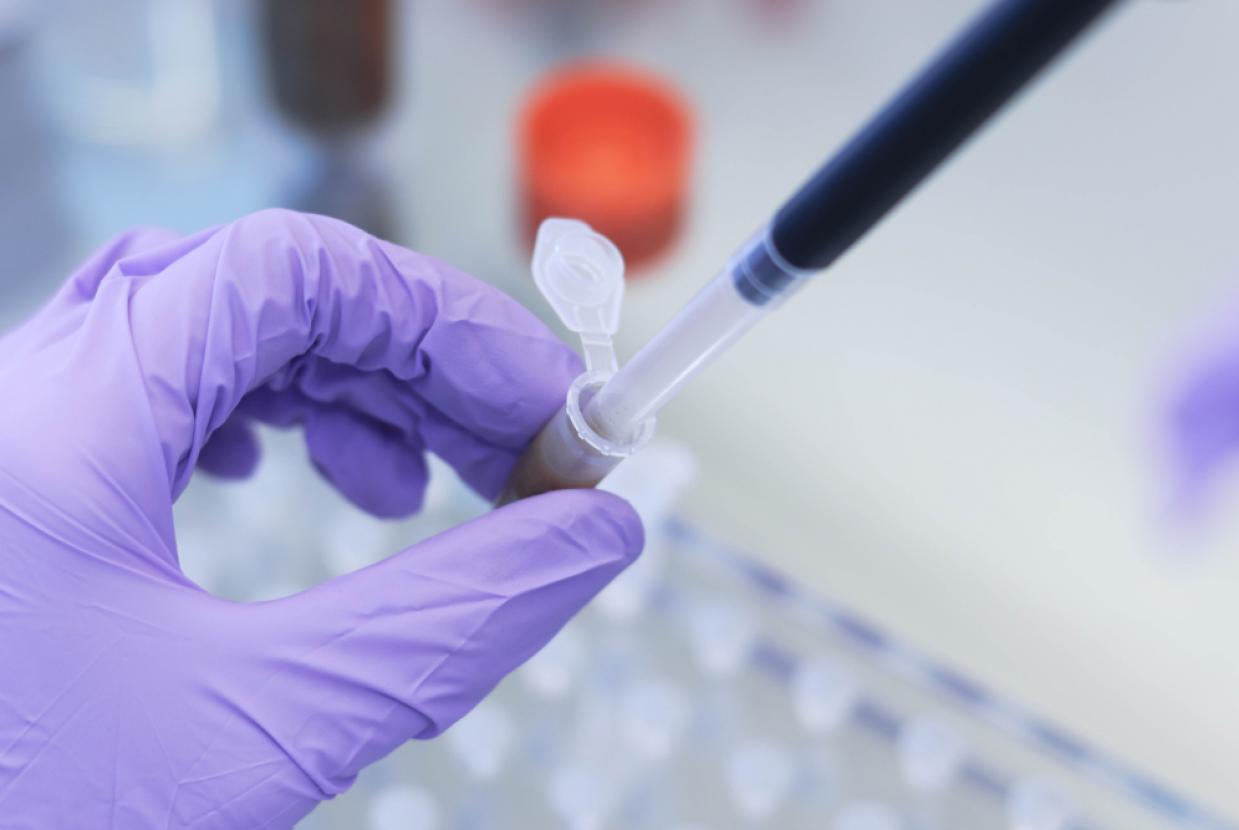Diagnosing Gallstones
How gallstones are diagnosed
If you do not have symptoms, gallstones may be found by chance at a scan or X-ray for another health issue.
If you have symptoms of gallstones, you may have:
- an ultrasound scan
- a blood test
Treatment for gallstones
If you have gallstones, you might not need any treatment if they're not causing symptoms. You may need follow-up appointments with the doctor in the future to check the gallstones are not getting worse or causing problems.
You may need treatment if:
- you have symptoms of gallstones
- you have complications from gallstones
- gallstones are found in the common bile duct
The main treatment for gallstones is surgery to remove the gallbladder (cholecystectomy).
If gallstones are found in your common bile duct, you may have a procedure called endoscopic retrograde cholangio-pancreatography (ERCP) to clear the bile duct.
ERCP is done using a long, thin tube with a small camera inside, called an endoscope, which is passed into your stomach through your mouth. The opening of the bile duct is widened so the stones can pass through.
Waiting for surgery
While you're waiting for surgery, you may:
- take painkillers, such as paracetamol and ibuprofen
- be offered stronger painkillers for severe pain if you need it
- want to avoid foods that cause symptoms
- be advised to eat a low-fat diet


